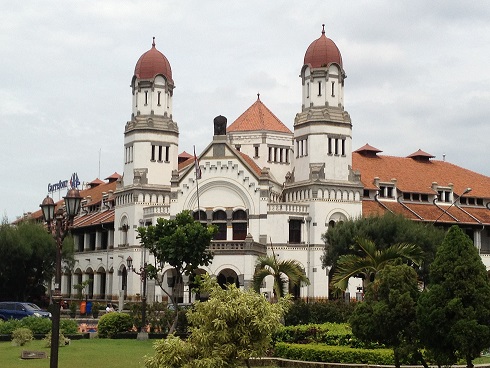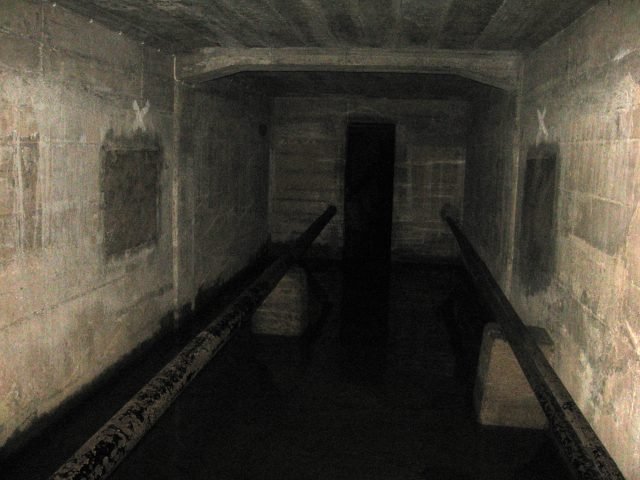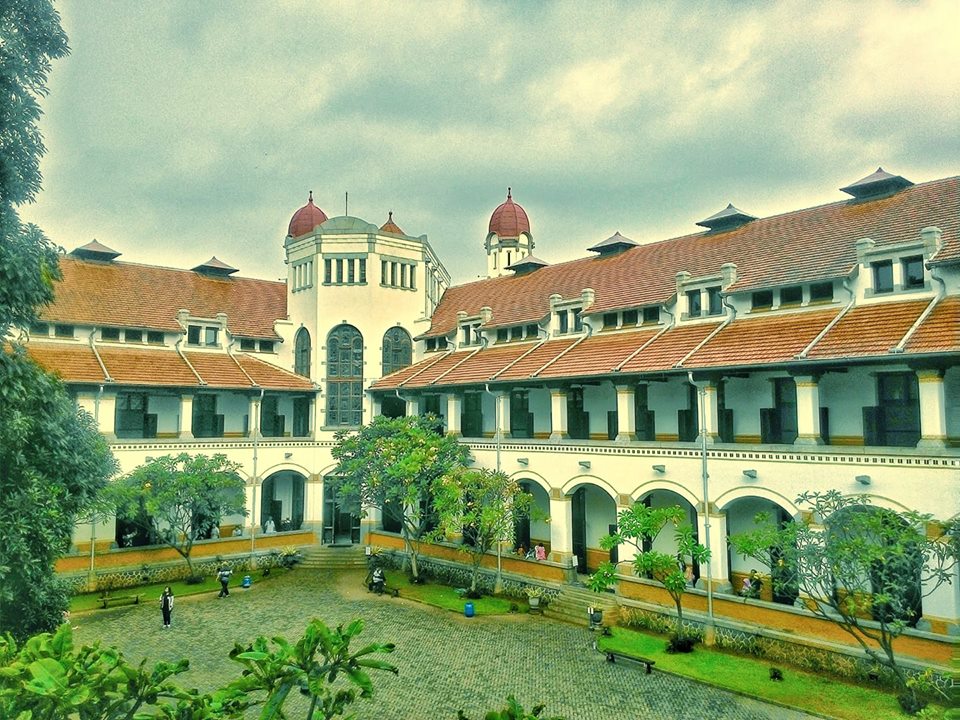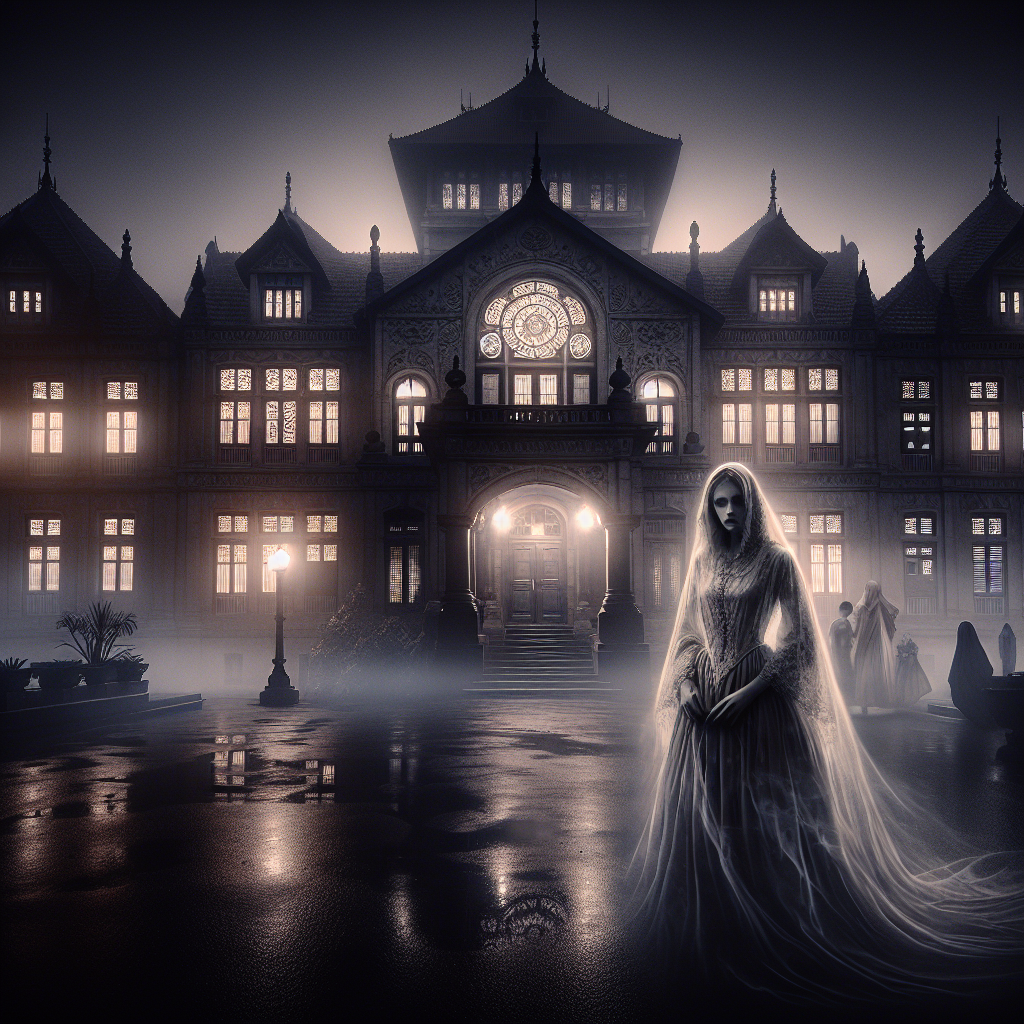Once upon a time, in the heart of Semarang, Indonesia, stood an exquisite architectural marvel known as Lawang Sewu, which translates to “Thousand Doors.” This grand structure, completed in 1919, was initially the headquarters for the Dutch East Indies Railway Company. With its majestic stained-glass windows and elaborate design, it stood not just as an office but as a symbol of colonial ambition. Yet, beneath its beauty lay a spine-chilling history that would haunt its walls for decades to come.

Source: Inside Indonesia
During World War II, this stunning building morphed into a site of horror. The Japanese invaders transformed Lawang Sewu into a dungeon for the tortured souls of those who dared to resist. In its dark, dank basement, stories of torment and tragedy echoed. Executions were carried out, leaving an indelible mark on the very foundations of this once proud structure. Indeed, the building’s past infused it with a sense of foreboding that would echo through time, earning its reputation as a haunted destination.
It was a sultry evening when I, a local historian fascinated by the macabre tales of my homeland, decided to explore Lawang Sewu. Armed with only a flashlight, I approached the imposing doorways, their many entrances now feeling like the mouths of an ancient beast. The air hung heavy with anticipation, and I could feel my heart pounding in my chest. Would I encounter spirits tethered to their tragic fate? My excitement quickly morphed into trepidation as shadows danced along the walls, and whispers seemed to echo from the corridors, urging me deeper into the building.

Source: The Little House of Horrors
As I wandered through the maze-like structure, the chilling atmosphere wrapped around me like a shroud. The deeper I delved, the more I felt the weight of the past pressing against me. A sudden burst of cold air sent shivers down my spine, causing me to pause. It was then that I first laid eyes on her—a spectral figure of a Dutch woman, gliding gracefully in a flowing white gown. Her eyes, filled with sorrow, seemed to beckon me closer. My instincts screamed to flee, yet my curiosity held me captive.
Just when I thought I was alone, the basement beckoned me with its dark allure. With every creaking step downward, dread enveloped me. The musty air, thick with the scent of decay, made it hard to breathe. My flashlight flickered ominously as I spotted ghastly apparitions—headless ghouls wandering aimlessly, forever trapped in their despair. The atmosphere grew so oppressive that I felt as if the very walls were closing in on me, suffocating my resolve.
Source: Vocal Media
Suddenly, a gust of icy wind swept through the basement, and I heard the agonizing cries of tormented souls rising like a cacophony of anguish. Panic surged through me, propelling me toward the spiraling staircase. But before I could escape, the Dutch woman appeared again, her translucent hand pointing me to an unforeseen exit. I now understood: she was not here to haunt me, but to guide me away from the horrors that plagued this place.
After what felt like an eternity, I emerged into the cool night air, gasping for breath as the echoes of Lawang Sewu faded into the distance. My heart raced, but I felt a strange sense of relief wash over me. That night transformed my perspective entirely. I had entered Lawang Sewu looking for ghosts but emerged with a newfound compassion for the souls trapped within its walls. Even now, as I reflect on my eerie encounter, I wonder what lingering spirits still linger in the shadows, waiting for their stories to be heard.

Source: Java Heritage Tour
Lawang Sewu remains a powerful symbol of Indonesia’s haunted history. As I encourage others to explore its depths, I remind them that some stories are never truly buried. They continue to resonate through the corridors of history, echoing the tragedies that occurred within these walls. The haunting legacy of Lawang Sewu is one that invites both courage and caution, emphasizing that while some thresholds promise adventure, others may lead you into the chilling embrace of the past.
Horror Level:
5 / 5
References:
Inside Indonesia – Haunted House, Haunted History – link
The Little House of Horrors – Lawang Sewu – link
Vocal Media – Lawang Sewu: Indonesia’s Haunted House – link
Java Heritage Tour – Lawang Sewu – link
Categories: Cultural Heritage, Ghost Stories, Ghost Stories, Historical Sites
Tags: ghost stories, Haunted Places, Historical Hauntings, Indonesia, Lawang Sewu
Religion: Christianity, Islam
Country of Origin: Asia, Indonesia
Topic: Haunted History
Ethnicity: Dutch, Javanese



Your article helped me a lot, is there any more related content? Thanks!